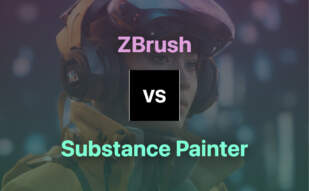For advanced, AAA-tier material creation and texture editing, choose Substance 3D Designer. Casual creators, indie developers and open-source enthusiasts will find Blender a more suitable option.
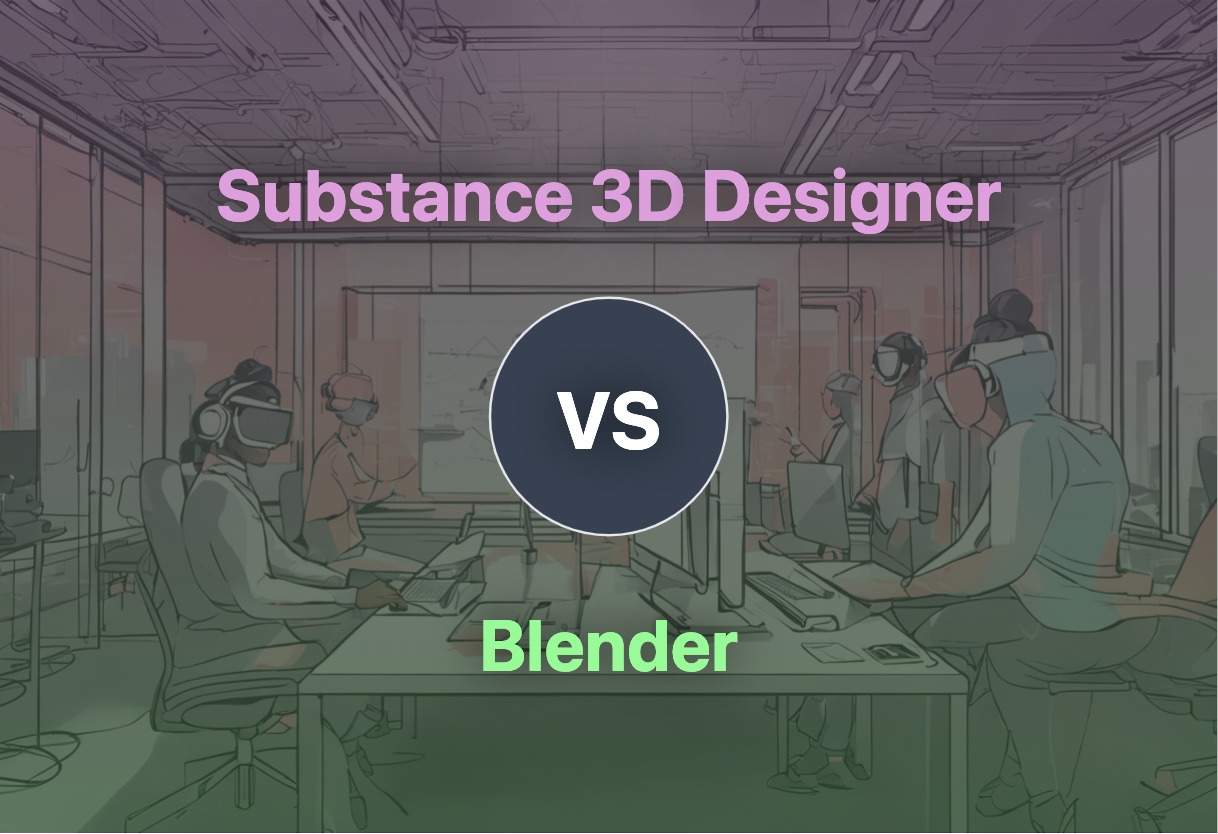
Key Differences Between Substance 3D Designer and Blender
- Substance 3D Designer is industry-standard for 3D material creation, while Blender balances a wider range of features.
- Substance 3D Designer offers robust material creation tools and node-based environment, Blender is versatile with modeling, animation, and rendering capabilities.
- Substance 3D Designer costs $19.99/month, Blender is a free, open-source tool.
- Substance 3D Designer is integrated with major game engines and tools, whereas Blender is a standalone tool compensated by support of multiple 3D file formats.
| Comparison | Adobe Substance 3D | Blender 3D |
|---|---|---|
| Purpose | 3D Material Creation, editing, and previewing | Animation, 3D printing, VFX, art & interactive 3D applications |
| Latest Updates | Free updates till end of 2023 | Regularly updated by Blender Institute & community |
| Primary Features | Realistic materials creation, texture set editing, procedural & MDL materials production. Procedural geometry creation. | 3D modelling, UV mapping, texturing, rigging, sculpting, animation & simulation tools, rendering, motion graphics, video editing, compositing. |
| Integration with Game Engines | Substance 3D Designer is compatible with Unreal Engine 4, Unity, Blender, Amazon Lumberyard, CryEngine, Autodesk Maya, Autodesk 3ds Max, Cinema 4D, Modo, Houdini, iClone. | Older version had own game engine. No built-in engine in current build, but has extensive export/import compatibility with other engines. |
| Operating System Compatibility | 64-bit processor, Windows 10/11, macOS 11/12, Ubuntu 20.04 LTS. | Linux, macOS, Windows, BSD, Haiku. |
| Pricing | $19.99/month – $549.88/year. Free trial available. | Free and open-source. No cost involved in use or development. |
| Renderers | Compatible with majority of commercial renderers. | Primarily uses Eevee renderer after 2.80 release. Blender Internal removed. |
What Is Substance 3D Designer 2023 and Who’s It For?
Substance 3D Designer 2023, an Adobe product, is the go-to tool for 3D Material Creation, loved by 95% of AAA game projects and leading animation studios. Its compatibility range covers most renderers and game engines, boasting procedural 3D model generation and a vibrant community platform. It is primarily intended for texture artists and developers who wish to create, edit and preview top-tier 3D materials. Note: Access to the Adobe Substance 3D Assets platform is not included in the license.
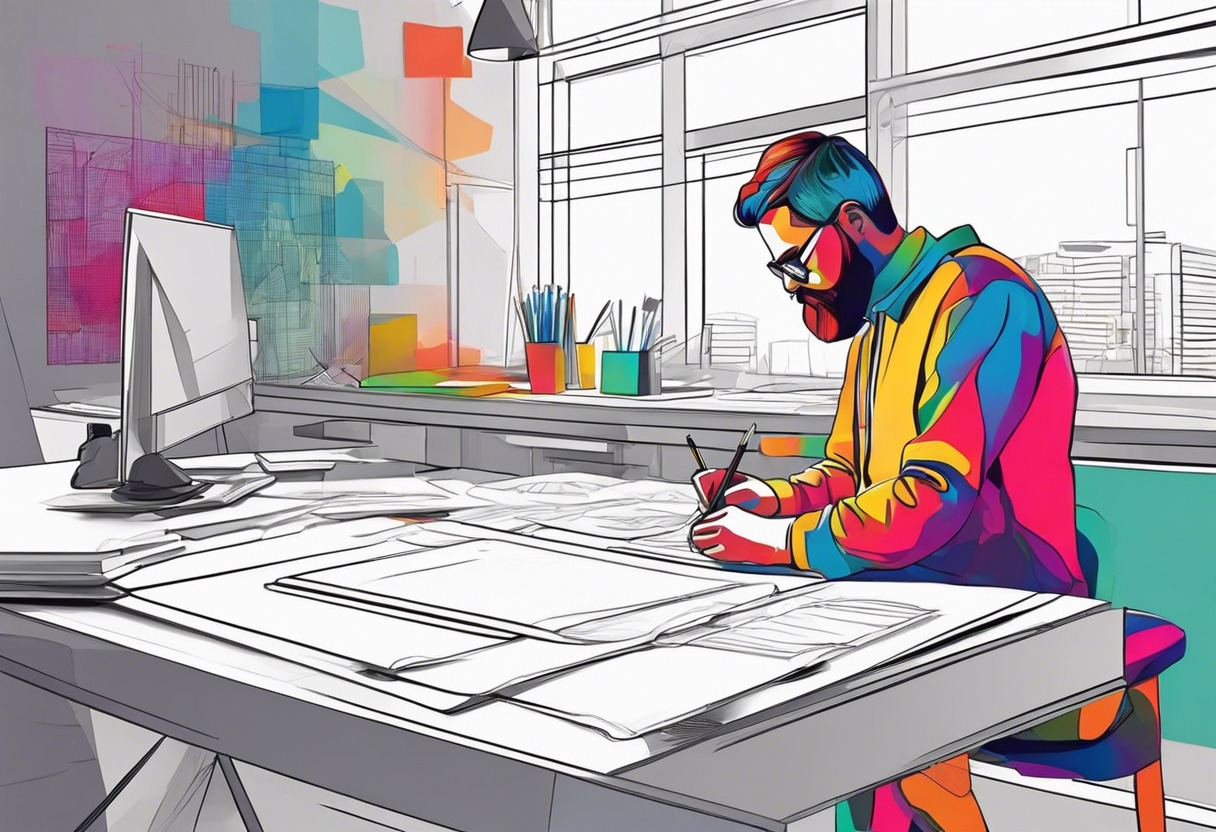
Pros of Substance 3D Designer 2023
- Industry standard for 3D Material Creation.
- Compatibility with major renderers and game engines.
- Active community of texture artists.
- Realistic materials creation and texture set editing.
- Free updates on Steam till end of 2023.
Cons of Substance 3D Designer 2023
- Complex toolset, may require a learning curve.
- Excludes access to Adobe Substance 3D Assets platform.
- Subscription pricing can be expensive for individuals or small businesses.
- 3D procedural geometry toolset discontinued.
What Is Blender and Who’s It For?
Blender, a free and open-source 3D computer graphics toolset, presents a complete solution for creating animation, digital art, motion graphics, and more. Released by NeoGeo in 1994, Blender is now a collaborative project maintained by the Blender Foundation. The tool is suitable for artists, developers, and hobbyists wishing to explore or master 3D design, animation, or modelling.
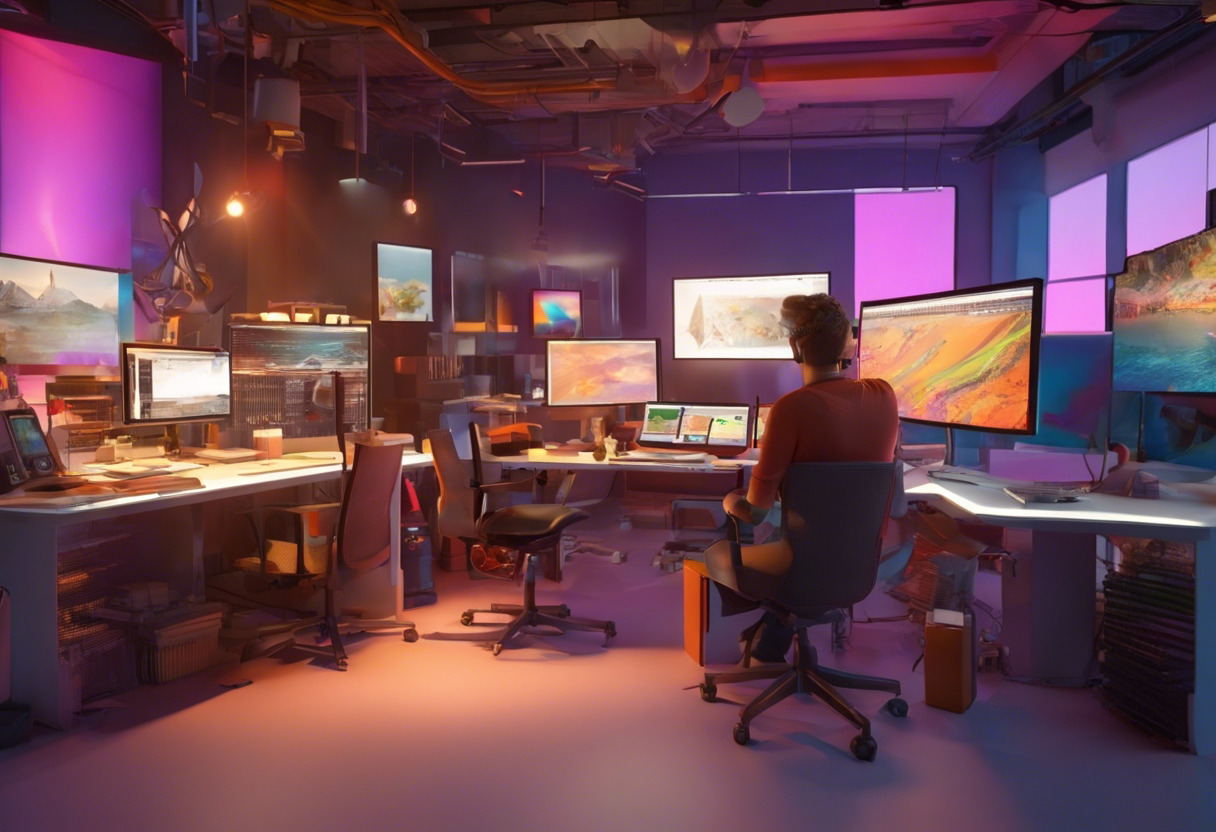
Pros of Blender
- Free, open-source with large community support.
- Comprehensive toolset spanning from 3D modelling to compositing.
- Cross platform compatibility (Linux, macOS, Windows, BSD, Haiku).
- Availability in 36 languages.
Cons of Blender
- Steep learning curve for newcomers.
- Blender Game Engine depreciated in 2.8 release.
- Blender Internal renderer removed in 2.80 release.
Drumroll, Please: Substance 3D Designer or Blender?
Deciphering which technology fits your needs best? Here’s our straight-talk verdict based on your specific profiles.
Pro Software Developers
Substance 3D Designer, with its dynamic node-based environment, wide compatibility, and resource-heavy features makes it an ideal choice. Its free updates on Steam, compatibility with top-tier game engines, and intensive materials creation capabilities fortify its position as an industry heavyweight.
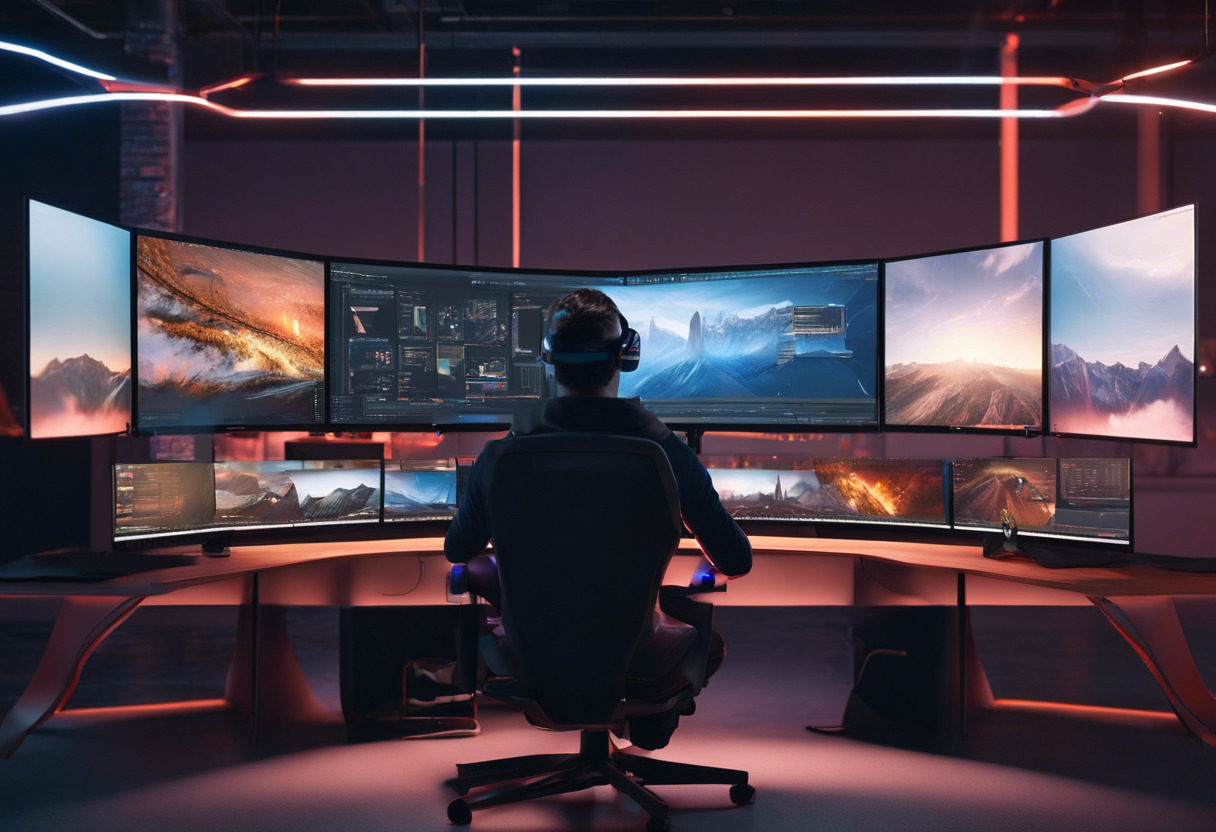
Open-Source Enthusiasts
If open-source is your game, Blender reigns supreme. Its comprehensive suite of graphic toolsets, community-driven development, and flexibility for varied creative projects – 3D-printed models to VR applications – make it an alluring option.
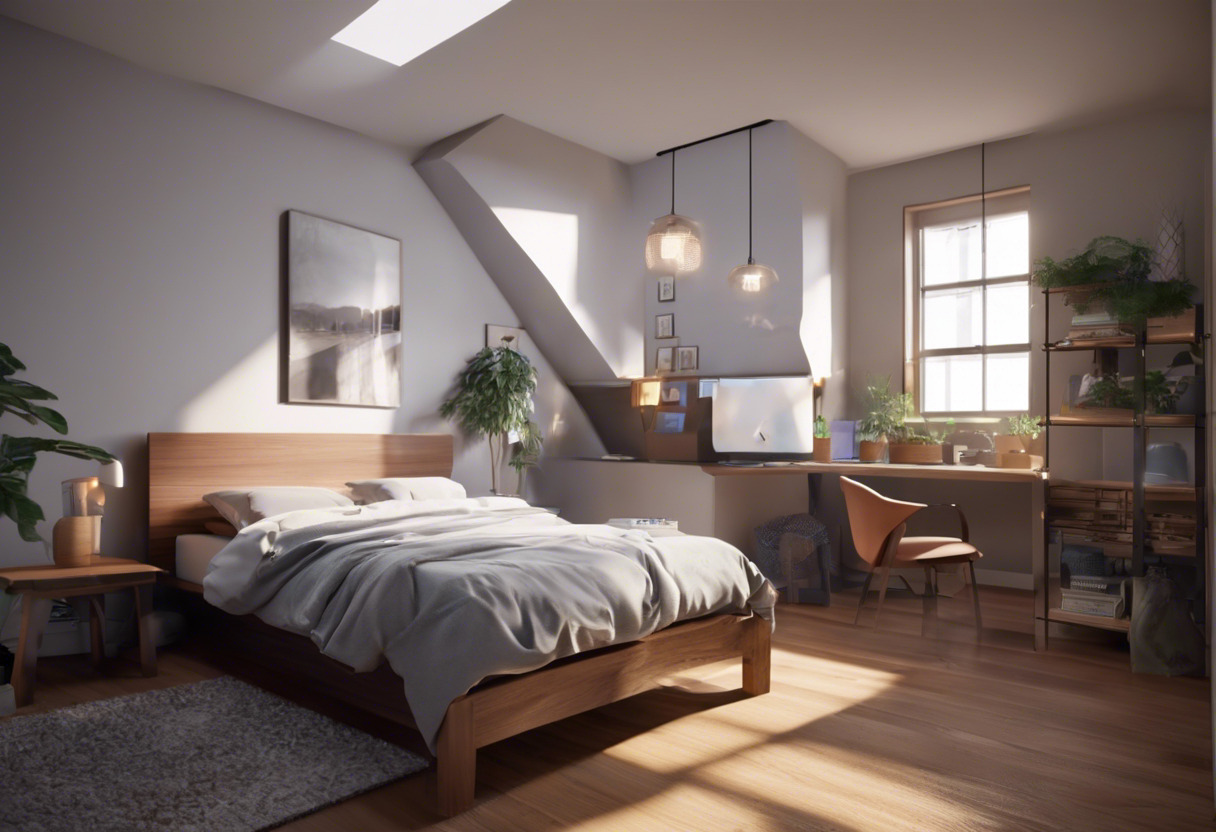
Budding 3D Artists / Students
For those in the nascent stage of their 3D journey or budget-conscious, Blender is a sensible starting point due to its no-cost nature. However, Substance 3D Designer is the industry standard, hence, the learning curve can pay off in long term career portfolios.

Boils down to choosing between Substance 3D Designer’s comprehensive, industry-leading prowess and Blender’s open-source flexibility. For professional realms, Substance 3D Designer leads; for open-source, community-driven creativity, Blender shines.
Tiffany Brise
Content writer @ Aircada, patiently awaiting a consumer AR headset that doesn’t suck.




